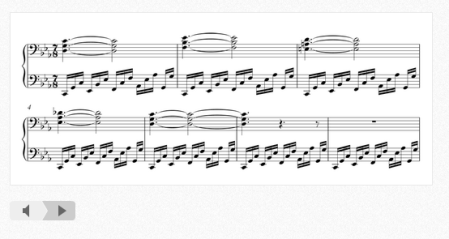Cruise Elroy is a self-proclaimed “blog about video games and, especially, video game music.” It combines a spartan page design, solid insights, and embedded musical examples to give the reader a stronger appreciation of the artistic merit of video games.
Of all the blogs I subscribe to, this one gives the biggest return in terms of content. Take this particular insight from a post on “Irregular meter in video games”:
“Remember the race results screen in Mario Kart 64? Most likely you skipped past it with barely a glance at the scoreboard, but if you stuck around for a moment you’d have heard this gem from composer Kenta Nagata… Despite being in 11/8, I think this rhythm feels pretty natural. Kudos to Nagata for smoothing over the strange time signature.”
The skill required to take an unusual time signature and make it sound altogether natural should not be underestimated. (Dave Brubeck’s classic jazz album Time Out is one of the most famous explorations of this concept). We are conditioned to “hear” things in 4/4 or 3/4 time. It’s the rhythmic basis for most popular music, and the easiest rhythm to learn (at least to my Western ears). Irregular meter feels unnatural at first, which leads me to believe that composers writing in an odd time signature are simply not thinking about the time signature. It’s akin to writing a novel without thinking about the conventions of punctuation and paragraph structure, or painting with complete disregard for the nature of the paint and brushes.
Here’s another great insight regarding one of my favorite tunes from Sonic the Hedgehog, in the post “Spring Yard Zone”:
“Why does this work? I suspect that years of jazz and pop harmony have trained our ears to accept all kinds of modifications to
ii-V-Ichords: sevenths, tritone substitutions, altered chords, and so on. Given that context, using m9 in place of m7♭5 doesn’t seem like such a big deal. The Spring Yard Zone theme does push its luck, as it were, by prominently featuring the F♯ in the melody, but I found that to be a pleasant dissonance and not an ugly one.”
Here’s to filling our lives with pleasant dissonances and not ugly ones.




 Posted by Mark
Posted by Mark 

